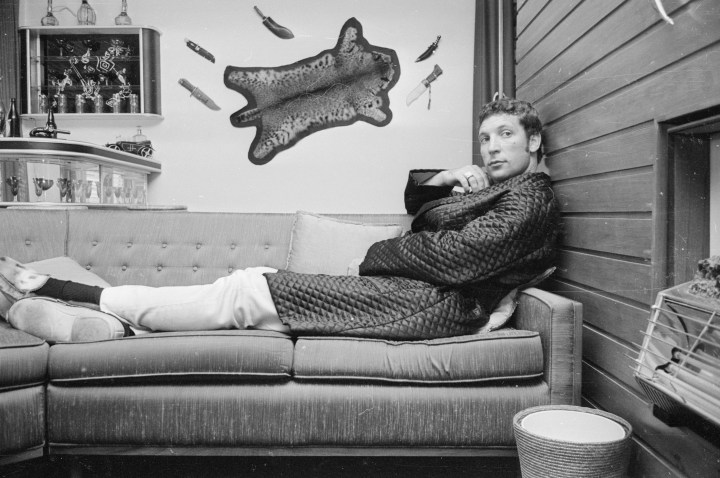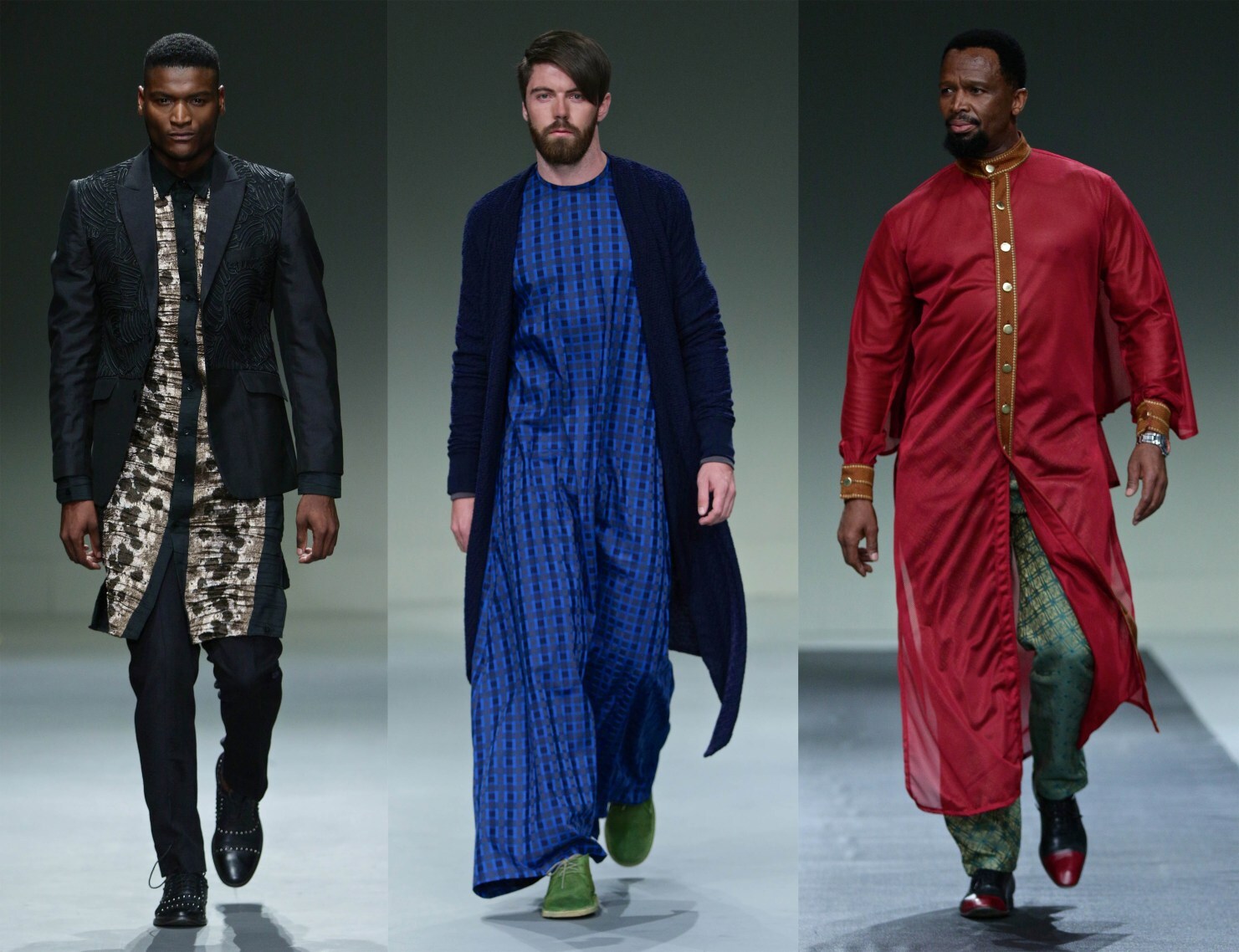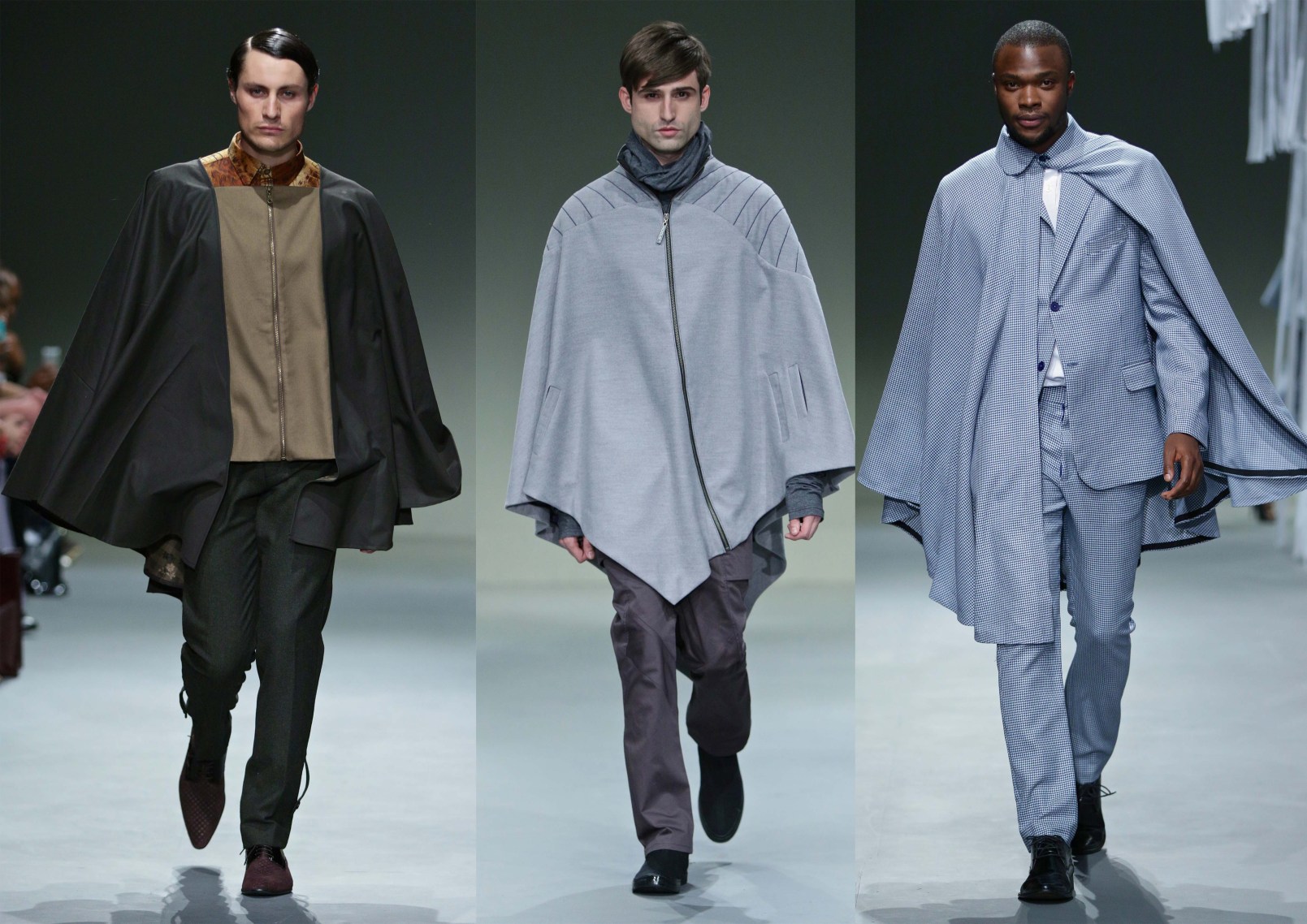FASHION
‘Drip is forever’. Long live the robe!

As quarantine reduced the need to dress up and show up, comfort wear has become the order of the day. And it’s nothing new.
“Sweatpants are a sign of defeat. You lost control of your life so you bought some sweatpants,” said the late great designer Karl Lagerfeld. Not to speak ill of the dead, but I submit that Mr Lagerfeld underestimated the value of comfortable nondescript items of clothing. To be fair, many of his quotable moments were rather tongue-in-cheek, with little care for political correctness and mollycoddling. “I am working class,” Mr Lagerfeld once said, and then clarified: “Working with class.”
As the world finds itself under lockdown, with drastically reduced need for high fashion, the bathrobe, pyjamas and kaftans, along with that signifier “of defeat” sweatpants, are stepping out from behind closed and inspiring articles with titles such as “Why You Should Be Wearing a Robe During Coronavirus Lockdown”, “Live your best quarantine life! As Emily Ratajkowski and Kate Hudson get comfy in robes, FEMAIL rounds up styles for every occasion”, “20 Comfy Robes to Wear Around The House”, and this questionable gendered gem, “10 Robes for a Comfier (And Manlier!) Quarantine”.
One can hardly judge those who are consistently cynical about the fashion media for sneering at that line up of articles. However, perhaps a more empathetic view could be that, as much as the pandemic presents a crisis for many industries, it also creates quite the quandary for an industrial complex built around listicles, the clothing choices of the famous and a persistent pushing of seasonal trends.
What to write now that most of us are at home with no need to dress to impress? With no celebrities snapped shopping in the latest threads or hitting the red carpet in the season’s latest colours, how then to bait for click-throughs? The answer, it would seem, are robes and the occasional seasonal sweatpants. But, how do you present as new, that which is old and ubiquitous?
From religious robes to formal occasional ones like those worn as part of academic regalia, to the variety of kaftan styles worn in various African countries, through to the common bathrobe, robes are a ubiquitous presence, part of our past, present and future, quarantine or no quarantine.

20 August 1996. Cape Town, Western Cape, South Africa. Archbishop Desmond Tutu, waving to his congregation and supporters.

A priest holding a gold cross.
The mumu, kaftan, abaya (not to be confused with the niqab) and religious robes are garments which have endured through thousands of years. Designed for practicality, they are still around today, having gained in popularity beyond the original cultural and religious frameworks from which they originated.
High fashion’s temperamental relationship with comfort aside, long before clothes as we know them were a matter of fashion, they were a matter of practicality and relative comfort. These are some of the longest surviving first “designs”.

Image from Unsplash
The road to “drip”. A brief history lesson.
The very first garments created some 100,000 years ago were made from leather, animal furs and skins. It would be a while before humans graduated to woven fabrics, but there is evidence that sewing predates woven fabric.
Furs and leather were sturdy and offered weather protection in some climates. Evidence of sewing needles made from animal bone have been carbon dated to 30,000 years ago, proving that sewing – even of leather and furs – has been happening far longer than most people may have thought.
A few thousand years later, when woven fabrics started to be worn, the style followed much the same construction as that for leather – draped around the body, or the start of the tunic, which is to say, a hole for the head and two holes for the arms.
Linen is believed to have emerged around the 7th century BC; in fact, the Metropolitan Museum in New York hosts fabrics and parts of garments dated from the 7th to 9th centuries BC. Linen cloth was first made in Egypt, with it believed to be one of the first textile fabrics, followed by silk.
But early fabrics were expensive – whether in early civilisations, whether woven, knitted or made of felt (which is produced by matting, condensing and pressing fibres together). Ancient Greeks and Romans didn’t want to devalue the cloth by cutting it so they favoured wide, unsewn lengths of fabric. Hence the toga, and statues dating back thousands of years depicting Romans and Greeks with fabric draped about their bodies, secured in various ways.
Ornamentation — style, swag, sauce, drip — in ancient Greek clothing came from the ornamental pins and belts which secured the linen or wool fabrics. The Romans, great admirers of Greek culture and fashion, adopted this as the toga, to be worn by free Roman males. It was normally made of wool; a simple tunic was worn under the toga made from two modest rectangles joined at the shoulders and sides. Roman women wore the draped stola or tunic that reached the ground.
In northwestern Europe, during the Iron Age that lasted from 1200 BC to 500 AD, women wore wool dresses, tunics and skirts, held in place with leather belts and metal brooches or pins. Men wore breeches with leg wrappers for protections; breeches are basically trousers made in separate upper and lower parts. They also wore caps and shawls made from animal skin and soft-laced shoes made from leather.
Fashion changed, less in style than in ornamentation during the medieval period as very richly patterned cloth was made and exported by the Byzantines — citizens of the Eastern Roman empire which had its capital in Constantinople, now Istanbul, Turkey. Expensive variants were woven and embroidered, while cheaper goods, intended for lower classes, were dyed and printed. These went into the making of a shorter type of tunic or long cloaks.

Thobes: Ephymol, Ageo and Urban Zulu. mage from SAFW
Today, these are generally referred to as kaftans or caftans, with name and style varying from culture to culture. Often worn as a coat or as an overdress, it has long sleeves and reaches to the ankles. Fabric weight and type depend largely on the climate in which it is worn. In North Africa, Moroccan women use the word “kaftan” to mean a comfortable one-piece dress.

Image from South African Fashion Week A/W 2016
In West Africa, both men and women wear a kaftan that is a pullover robe. Men refer to it as a Senegalese kaftan and colloquially it is a mbubb or, in French, a boubou, and it reaches the ankles. The wearer usually has a matching drawstring pair of pants to create a kaftan suit. This clothing is considered formal wear in almost all West African nations.
The comfort of the kaftan has a lot to do with its longevity, especially in warmer climates around the world. In the 20th century, French designers popularised the style, including for evening wear and more formal affairs.
There is an obvious stylistic relationship between the kaftan and the abaya, which is popular in some Muslim nations. The abaya is attributed to Koranic instructions that women should cover themselves, except for the face and hands. Covering the face is by choice, not mandated.
Kaftan-style garments have defined different aspects of religious leadership, which can be seen in Catholic dress or higher orders of the priesthood and in older style garments often worn by nuns.
The ferraiolo is used by Roman Catholic clergy on formal non-liturgical occasions and is a light-weight, ankle-length cape. The garment started to be worn around early 1200 — the colour and fabric go according to the rank of the wearer. It covers the cassock, which was basically a black coat that — surprise! — started out as a tunic around 570 in Portugal.
Culture and politics always influence clothing styles. At one time, European clothing depended on whether the people who wore it identified with the old Romanised population or the new invaders: Franks, Anglo-Saxons or Visigoths. Men of the invading peoples wore short tunics with belts and visible trousers, hose or leggings.
In 12th and 13th century Europe, clothing remained simple. However, in the 13th century dyeing and working of wool improved and the Crusaders who ventured east for religious reasons brought back the craft of silk.
Fashion was most obviously class-related from around 14th century Europe. Wool was the most popular fabric for all classes in Renaissance Europe, with the linen and hemp neck-and-neck for second place. More complex designs were made, moving beyond tunics, capes and coats. The urban middle class reflected the choices of people with what today would be called disposable income — most likely merchants and traders — and royalty.
Today’s society has more celebrities than royalty, with celebrities deciding fashion trends rather than royals. And, it would seem, now being looked to to help us decide what robes we should wear while quarantined behind closed doors. But, to quote that classic 2008 award-winning Vodacom ad: “We’ve been having it”. DM/ML

















 Become an Insider
Become an Insider